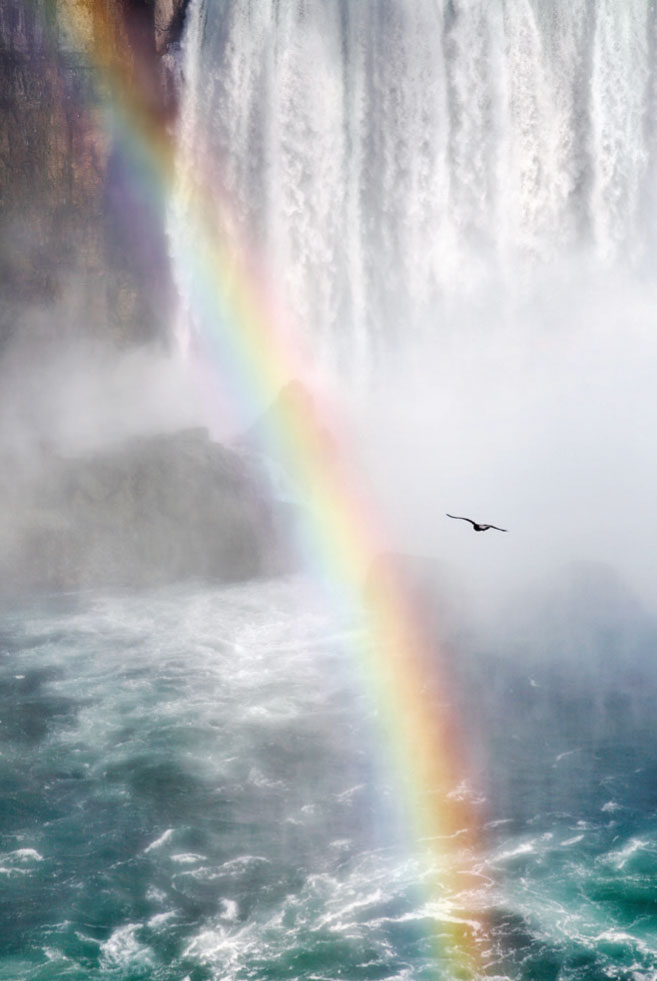
The first readings of the Lenten Sundays retell great moments in Israel’s history, beginning this year with God’s covenant with Noah. Most peoples of the ancient Middle East tell flood stories.
Ancient people imagined their world completely surrounded on all sides — up, down, and around — by water. Their world was flat with waters below, the source of springs. A dome topped their world, holding back the waters above. This is the firmament God creates on the second day (Genesis 1.6).
When the flood begins, waters both bubble up through springs from below and pour through the dome of the heavens from above. “The fountains of the deep burst forth; the floodgates of the sky opened” (Genesis 7.11). In our fears of nuclear winter or global warming, the same ancient fears of extinction well up.
In the Genesis flood story, God decides to wipe out all humankind because of people’s wickedness — everyone, that is, except Noah (6.5-7). God commands Noah to make an ark. It has one window, which Noah seals when the rain begins.
For 40 days of darkness, Noah, his wife, his children, and the pairs of living creatures live inside the ark, not knowing if they will survive. Day after day rain pounds the wooden ark. Waters rise above the mountains. The ark floats closer and closer to the dome of the sky, where it can rise no farther.
Finally the rain stops. Noah opens the window. For weeks the waters recede, and then the dry land reappears, a repeat of the third day of creation.
Noah’s name means Settler. He is the believer in God who survives the flood and resettles the earth. After Noah makes a thanksgiving offering, God promises never again to destroy the earth. The rainbow becomes a sign of God’s covenant with the earth.
In recent years we have seen the terrible power of water in hurricanes, floods, and violent storms. We also experience the power of water to nourish, heal, and cleanse. We know the awesome beauty of water in our lakes, rivers, and oceans. We watch Earth thaw and water trickle and tease the soil to life.
Noah’s story begins with a destructive flood but ends in God’s promise of an everlasting covenant. Jesus’ baptism in the Jordan River signifies a new time in his life. Water is the sign of new life in baptism. Daily water reminds us we live in the presence of life-giving mystery and hope for new life.
God’s rainbow sign
God said to Noah and his children with him: “See, I am now establishing my covenant with you and your descendants after you and with every living creature that was with you: all the birds, and the various tame and wild animals that were with you and came out of the ark. I will establish my covenant with you, that never again shall all bodily creatures be destroyed by the waters of a flood; there shall not be another flood to devastate the earth.”
God added: “This is the sign that I am giving for all ages to come, of the covenant between me and you and every living creature with you: I set my bow in the clouds to serve as a sign of the covenant between me and the earth. When I bring clouds over the earth, and the bow appears in the clouds, I will recall the covenant I have made between me and you and all living beings, so that the waters shall never again become a flood to destroy all mortal beings.”
Genesis 9.8-15
- What threatens Earth and its creatures today? What fears do you have for our planet and people?
- What does the flood story have to teach those preparing for Baptism?
